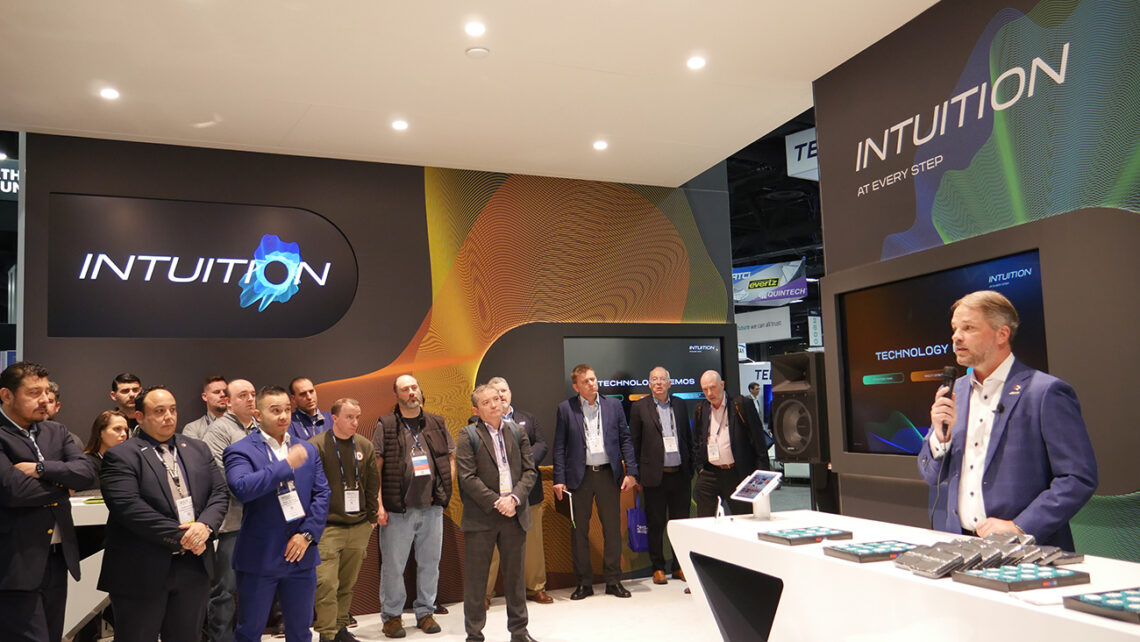Interstate 95 is America’s busiest highway. Spanning over 1,900 miles between Miami in the south and the Canadian border with Maine in the north, it hosts more than 72,000 vehicles on a typical day, and as many as 300,000 in peak traffic, according to the U.S. Department of Transportation. When it was conceived as part of President Dwight D. Eisenhower’s 1956 National Interstate and Defense Highways Act, it was estimated that it would take 10 years to build. Instead, it ended up taking 62, finally crossing the finish line in 2018 with the long-awaited elimination of an 8-mile detour near New Jersey’s border with Pennsylvania.
For motorists on and around I-95, a lot changed in the time it took to complete it. Thanks to GPS, drivers can now navigate with ease, receiving turn-by-turn directions to their final destination. Thanks to smartphones, they can easily look up shopping, restaurants, and rest stops while staying connected to loved ones and colleagues via phone, email and text message. And thanks to high-speed mobile broadband, they can listen on-demand to their favorite songs and podcasts, pull over to join a video call with the office, and download the latest episode of Peppa Pig for their child to watch in the backseat on their tablet.
If you stop to think about it, it’s truly remarkable how far technology has come. What might be even more remarkable than what drivers can do on highways, however, is what they can’t do: Although they can easily use their devices to do the aforementioned things in major metro areas, they often can’t in the disconnected rural areas in between. Nor can they connect universally on airplanes flying 40,000 feet in the sky, or on cruise ships sailing in the middle of the Atlantic Ocean.
What’s irritating to consumers, commuters, and travelers can be devastating for businesses, disaster victims, and warfighters. When your commercial vessel is hijacked by pirates, when an injured loved one is trying to…
Read the full article here

